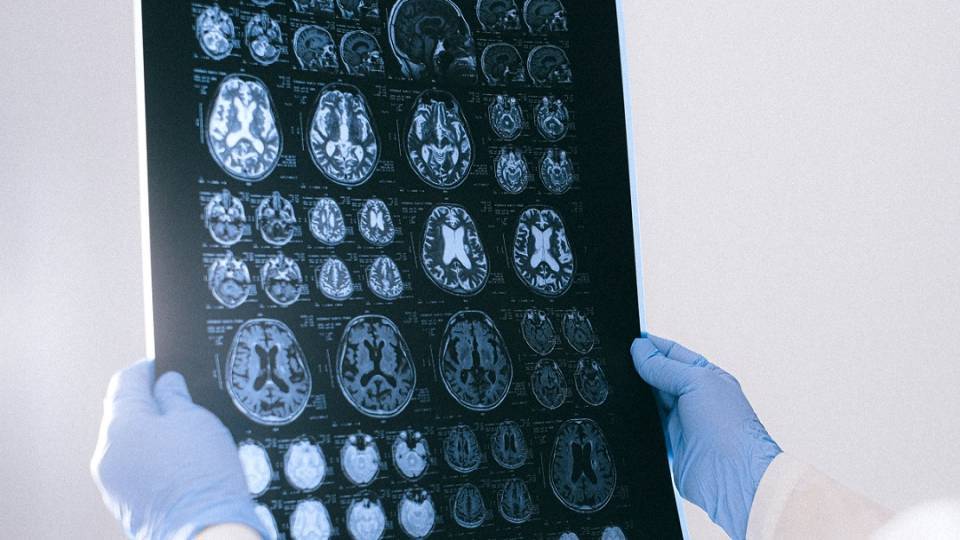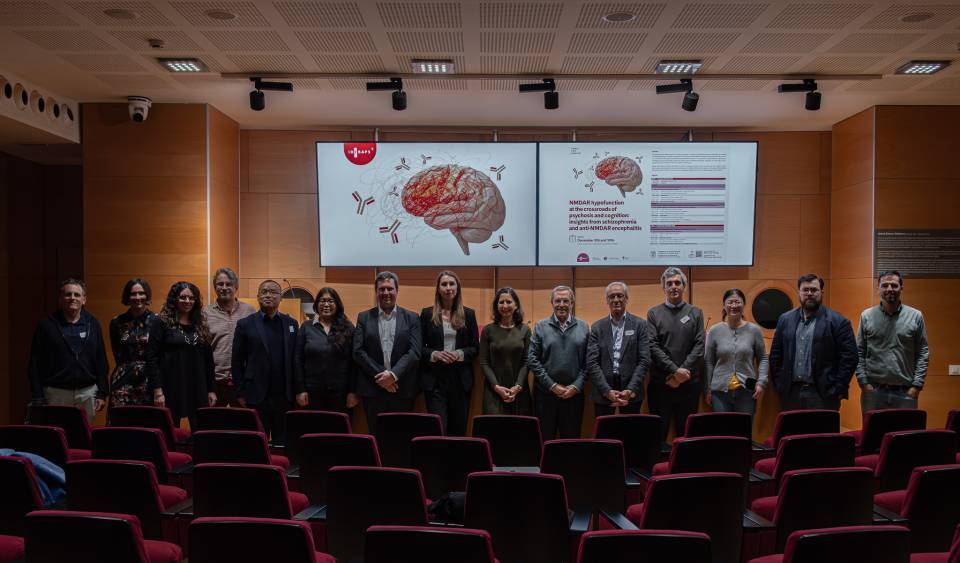Gender inequality worldwide is associated with a higher risk of mental health problems and lower academic performance in women compared to men. Disparate exposure to adverse conditions could affect brain structure, which would partly explain the differences between the two genders. To establish the cerebral bases of gender inequality, a study analyzed a set of 7,876 brain magnetic resonance images of healthy adults from 29 different countries. IDIBAPS-Hospital Barcelona Clínic researchers Albert Compte, the head of the Theoretical neurobiology of cortical circuits group, Isabel Valli, Miquel Bernardo and Clemente Garcia-Rizo, the leader and member of the Schizophrenia group, respectively, participated in the research.
According to the results of the journal PNAS, no differences are observed between men and women’s brains in the countries with the most gender equality. On the contrary, in countries with greater inequality, the cortex of women’s right hemisphere is thinner. This is especially the case in the anterior cingulate cortex and the medial orbitofrontal cortex, which are involved in the formation and processing of emotions, learning and memory. The left lateral occipital cortex is also thinner.
“Together, the data suggest the existence of a neural mechanism responsible for the higher prevalence of mental disorders and poor academic performance in women”, the researchers explain. “Problems in accessing education or stimulating and enriching environments could reduce the branching of neural dendrites or the formation of new connections between neurons, which has been associated with the appearance of psychiatric pathologies. Even so, more studies are needed to establish a relationship of cause and effect”.
According to the authors, the finding shows the importance of the social environment in the differences between the brains of women and men. This adds to the existing knowledge that violence can affect brain volume and that important structural changes occur under stressful conditions. These effects may increase with age, with the differences between genders being minimal at early ages but becoming more evident as women mature. Overall, the researchers hope that this and future work will lead to policies to reduce gender inequality.
Several centers from all over the world participated in the study, led by Nicolas A. Crossley of the Pontifical Catholic University of Chile. The researchers at IDIBAPS-Hospital Clínic Barcelona participated by providing neuroimaging data from a previous study, in addition to helping with reviewing the data, figures and text of the article.
Reference article
Zugman A, Alliende LM, Medel V, Bethlehem RAI, Seidlitz J, Ringlein G, Arango C, Arnatkevičiūtė A, Asmal L, Bellgrove M, Benegal V, Bernardo M, Billeke P, Bosch-Bayard J, Bressan R, Busatto GF, Castro MN, Chaim-Avancini T, Compte A, Costanzi M, Czepielewski L, Dazzan P, de la Fuente-Sandoval C, Di Forti M, Díaz-Caneja CM, María Díaz-Zuluaga A, Du Plessis S, Duran FLS, Fittipaldi S, Fornito A, Freimer NB, Gadelha A, Gama CS, Garani R, Garcia-Rizo C, Gonzalez Campo C, Gonzalez-Valderrama A, Guinjoan S, Holla B, Ibañez A, Ivanovic D, Jackowski A, Leon-Ortiz P, Lochner C, López-Jaramillo C, Luckhoff H, Massuda R, McGuire P, Miyata J, Mizrahi R, Murray R, Ozerdem A, Pan PM, Parellada M, Phahladira L, Ramirez-Mahaluf JP, Reckziegel R, Reis Marques T, Reyes-Madrigal F, Roos A, Rosa P, Salum G, Scheffler F, Schumann G, Serpa M, Stein DJ, Tepper A, Tiego J, Ueno T, Undurraga J, Undurraga EA, Valdes-Sosa P, Valli I, Villarreal M, Winton-Brown TT, Yalin N, Zamorano F, Zanetti MV; cVEDA; Winkler AM, Pine DS, Evans-Lacko S, Crossley NA. Country-level gender inequality is associated with structural differences in the brains of women and men. Proc Natl Acad Sci U S A. 2023 May 16;120(20):e2218782120. doi: 10.1073/pnas.2218782120. Epub 2023 May 8.




